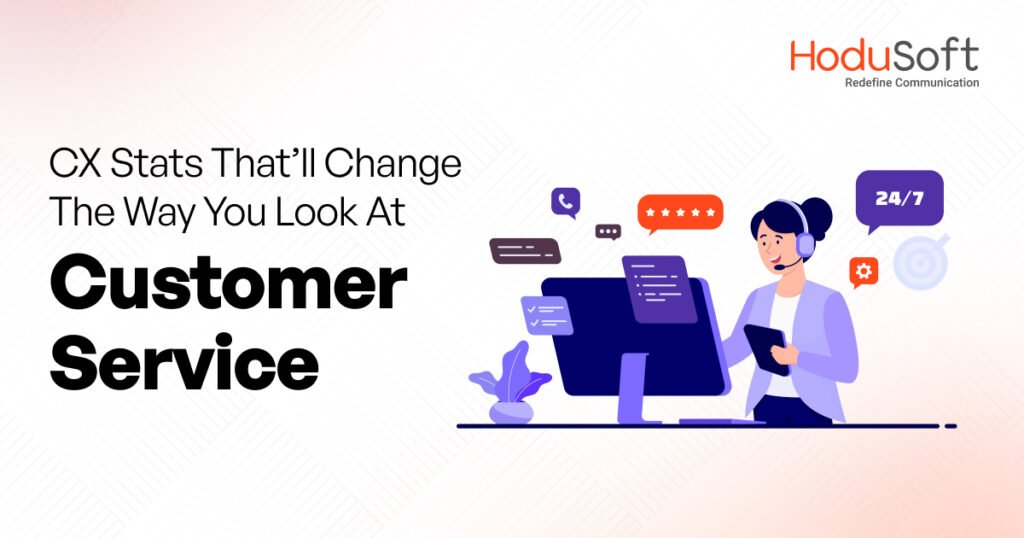Understand VoIP Softswitch, Class 4 Softswitch and Class 5 Softswitch
The VoIP telecommunication industry is very fascinating. Many people get attracted towards this industry, but get confused with the different technical terms used in this industry. Class 4 softswitch and class 5 softswitch is among those terms which are used widely. This Blog will educate you with these technical terms and the difference between both of these.
In telecom industry the call switching has been used for many years to connect the caller to the intended recipient. In earlier days of the telecom industry, this process was performed manually. The telephone operators switch the telephone line manually from one circuit to another to connect the call between a caller and recipient. The Softswitch replaced the manpower used in this with the software. This software automatically switches the telephone lines and it is a blend of a software and switchboard. Thus, it is known as a Softswitch. It has the programmed logic to perform this telephone line switching.
The VoIP Softswitch is software, which perform the same operation using VoIP. It means the VoIP Softswitch uses the VoIP technology instead of conventional PSTN (Public Switch Telephony Network) to route the calls. Though, VoIP Softswitch uses the VoIP technology for call origination, routing, contriving and termination, it also supports the calls from the same PSTN network.
There are two different types of VoIP Softswitches available in the market, which satisfies different telecommunication requirements.
- Class 4 Softswitch
- Class 5 Softswitch
Class 4 Softswitch
The class 4 softswitch is used to support the long distance call routing. To give you an example, if you want to make a call from India to Canada or USA, then the class 4 softswitch is the solution work here. Another facet of the class 4 softswitch solution is that it deals with the wholesale call traffic. It means the class 4 softswitch can route the heavy volume of call traffic for long distance. It routes the wholesale call traffic between and over different exchanges as well as Local Access and Transport Areas aka LATAs. That is why the class 4 softswitch solution, called the wholesale solution.
Class 5 Softswitch
The class 5 softswitch solution works with the local users. It deals with the direct consumers and end users. The class 5 softswitch route calls in relatively small areas compared to the class 4 softswitch. To be specific, it is used to handle and route calls within a country, town or a city. The IP Phones get connected with the class 5 softswitch to leverage the benefit of the VoIP calling. The simple phones can also be connected with the class 5 softswitch using an IP adapter. The VoIP services can also be leveraged by the end users and consumers from their Smartphone or tablet using an application called VoIP mobile dialer. Here, the call will be conducted, contrived and cut off using the VoIP softswitch.
How Class 4 and Class 5 Softswitch Work Together?
The class 5 softswitch and class 4 softswitch usually work together in many cases. This softswitch gets connected with the class 5 softswitch at receiving end. The class 4 softswitch routes the call on long distance and route it to the class 5 softswitch, which is connected to the IP Phones or other device, which provide the VoIP calling services to the consumers.



